
2 minute read
The Budding Botanist: Backyard Bird Count
By: Michelle Cyr, Youth and Family Programs Manager
Welcoming Our New Arrivals
As leaves begin to change and a crispness fills the air, this transformation not only marks the changing of seasons but the arrival of our fall bird migrants. From Rufous Hummingbirds navigating to Mexico to White-crowned Sparrows flocking from the interior mountains to the coast, each year these winged travelers embark on epic journeys for a warmer winter. Gardens that provide bird-friendly native plants help welcome and support these visitors with both food and habitat.
Backyard Bird Count
With fall and winter being such a special time to view this abundance of birds, it is an opportunity for us to both appreciate and better understand these migratory marvels. Tracking biodiversity through bird counts is a vital practice that provides invaluable insights into the health of ecosystems. Keeping a record of the number and types of birds seen in your garden or open spaces over time can serve as crucial indicators of environmental changes, such as shifts in climate or habitat loss.
Below is a list of both residential and migratory birds that you may observe in the places where you live and play. Record what species you notice, and then repeat the process to discover any changes. The more often you record, the more you’ll discover!
Common Residents
Acorn Woodpecker
American Crow
Anna’s Hummingbird
California Scrub Jay
Dark-eyed Junco
Mourning Dove
Northern Mockingbird
Red-tailed Hawk
Spotted Towhee
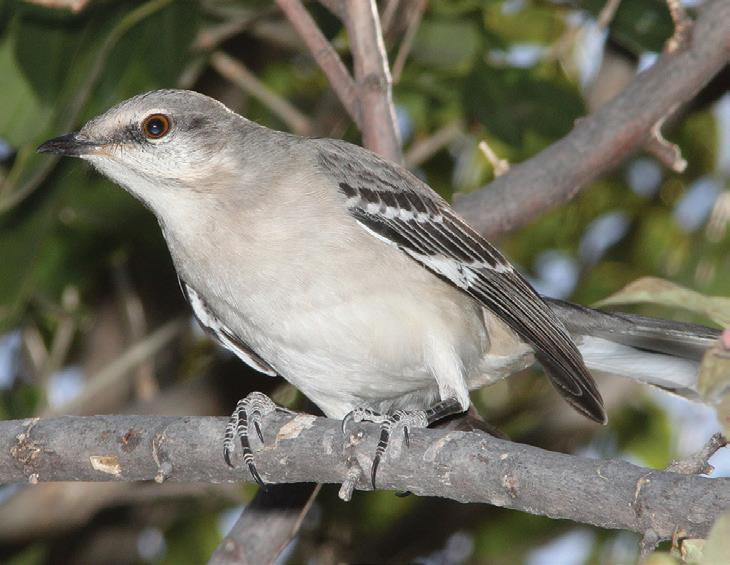
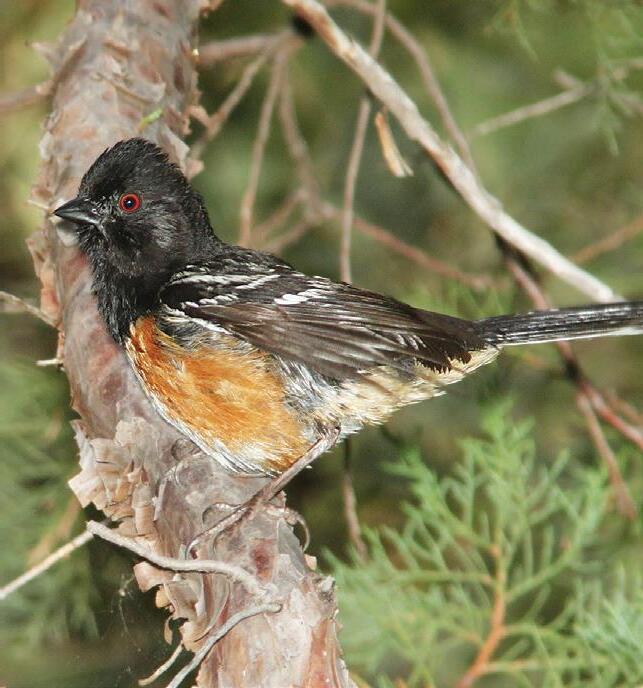
Seasonal Visitors
Allen’s Hummingbird
Cedar Waxwing
Hermit Thrush
Hooded Oriole
Lincoln’s Sparrow
Ruby-crowned Kinglet
Townsend’s Warbler
White-crowned Sparrow
Yellow-rumped Warbler
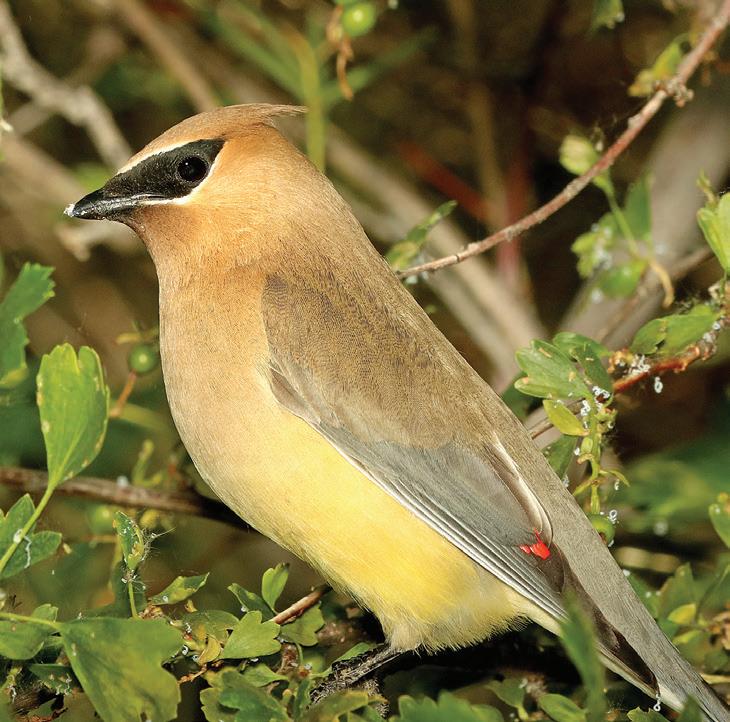
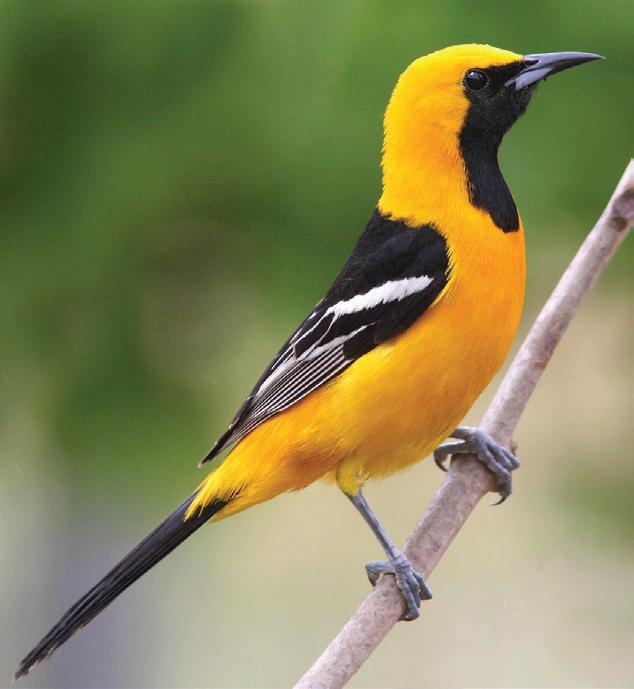
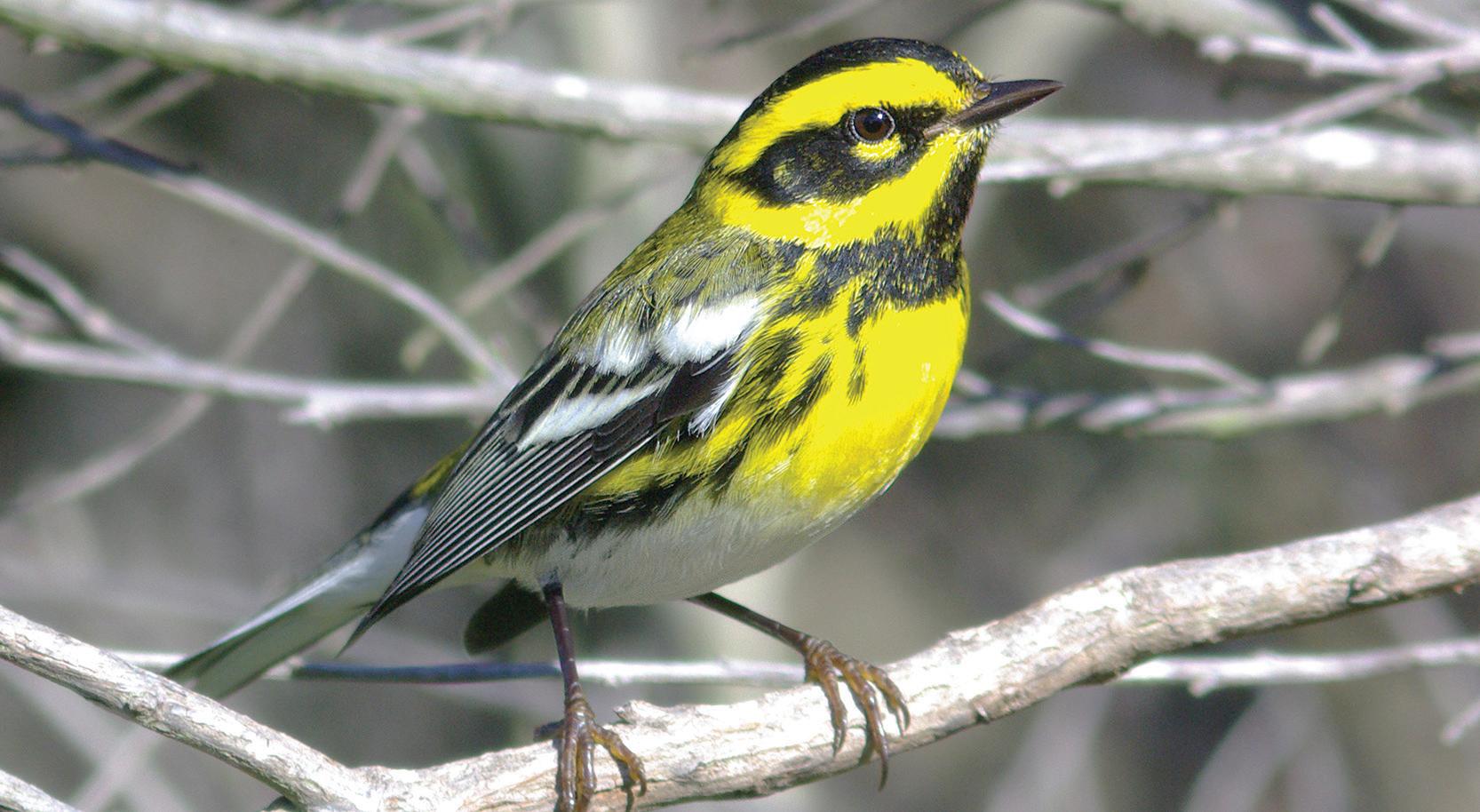
Want to contribute your findings to science? eBird is a global community science project where participants can visit local bird hot spots and log their own bird count. Get started here: eBird.org.










